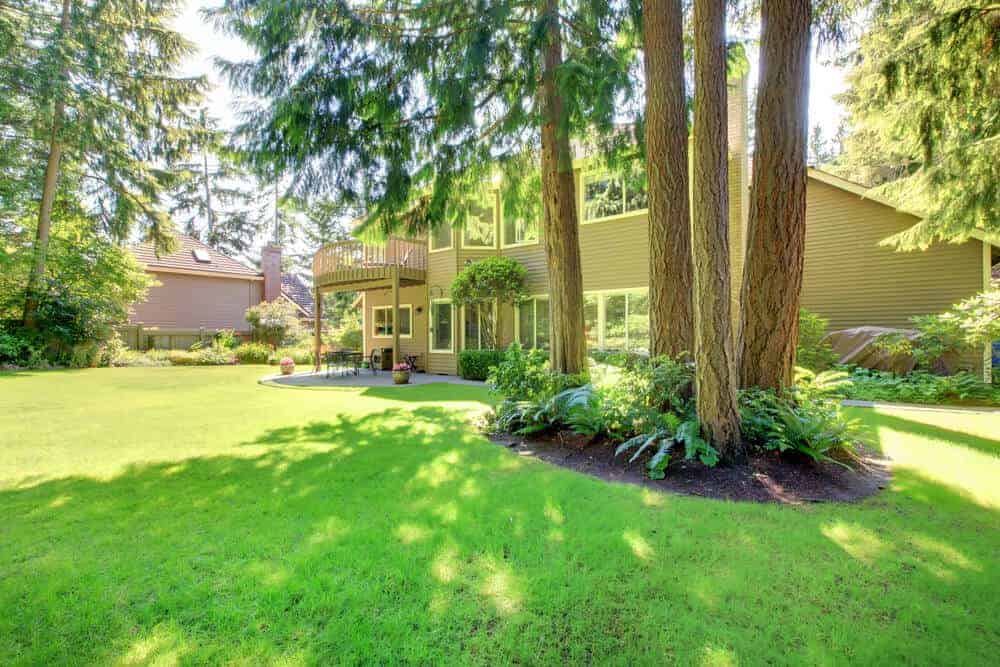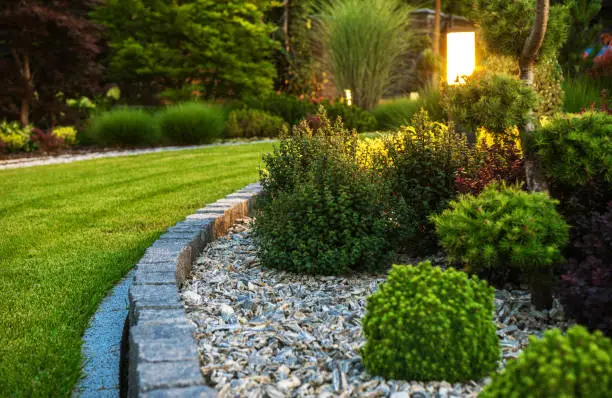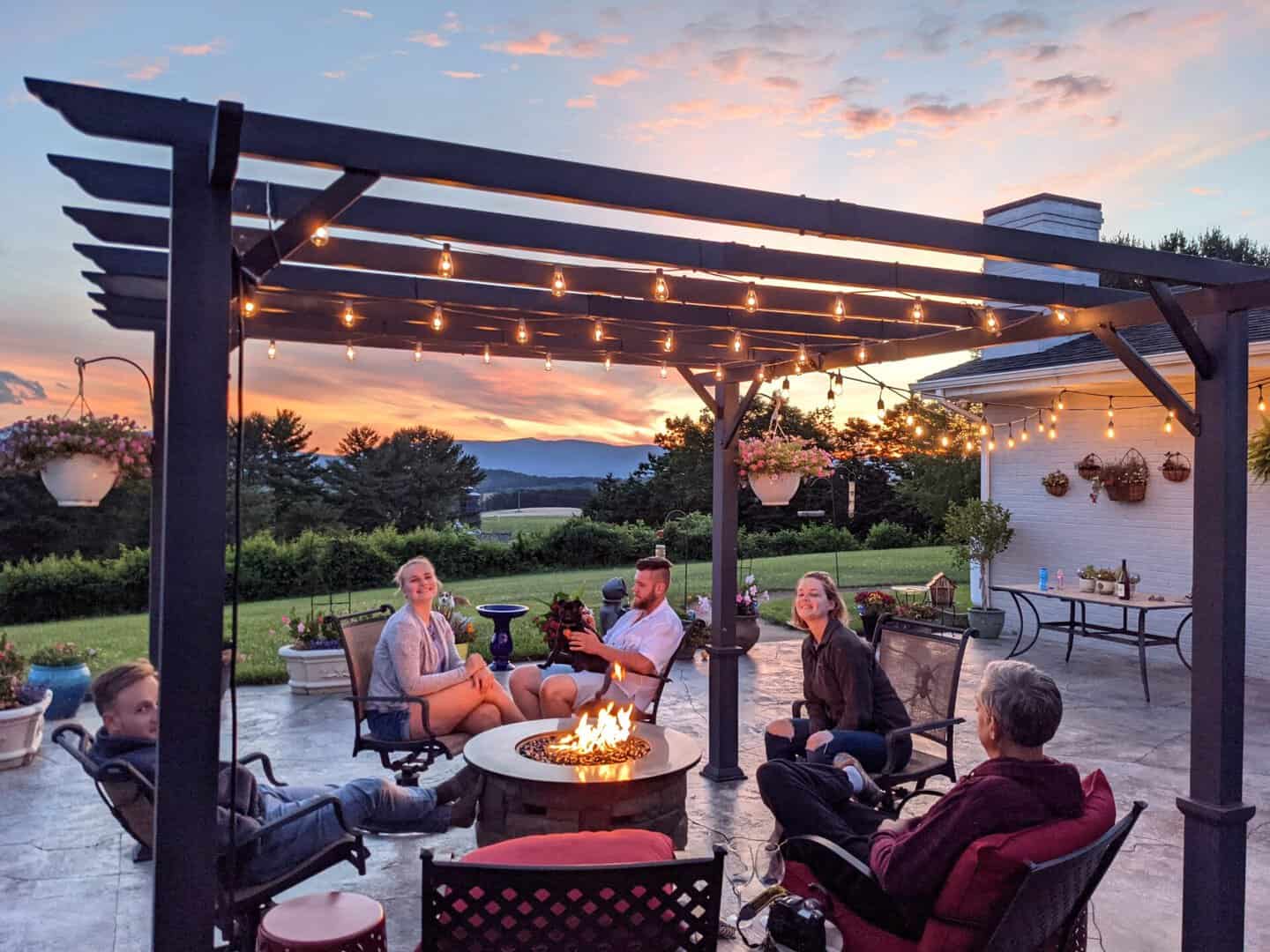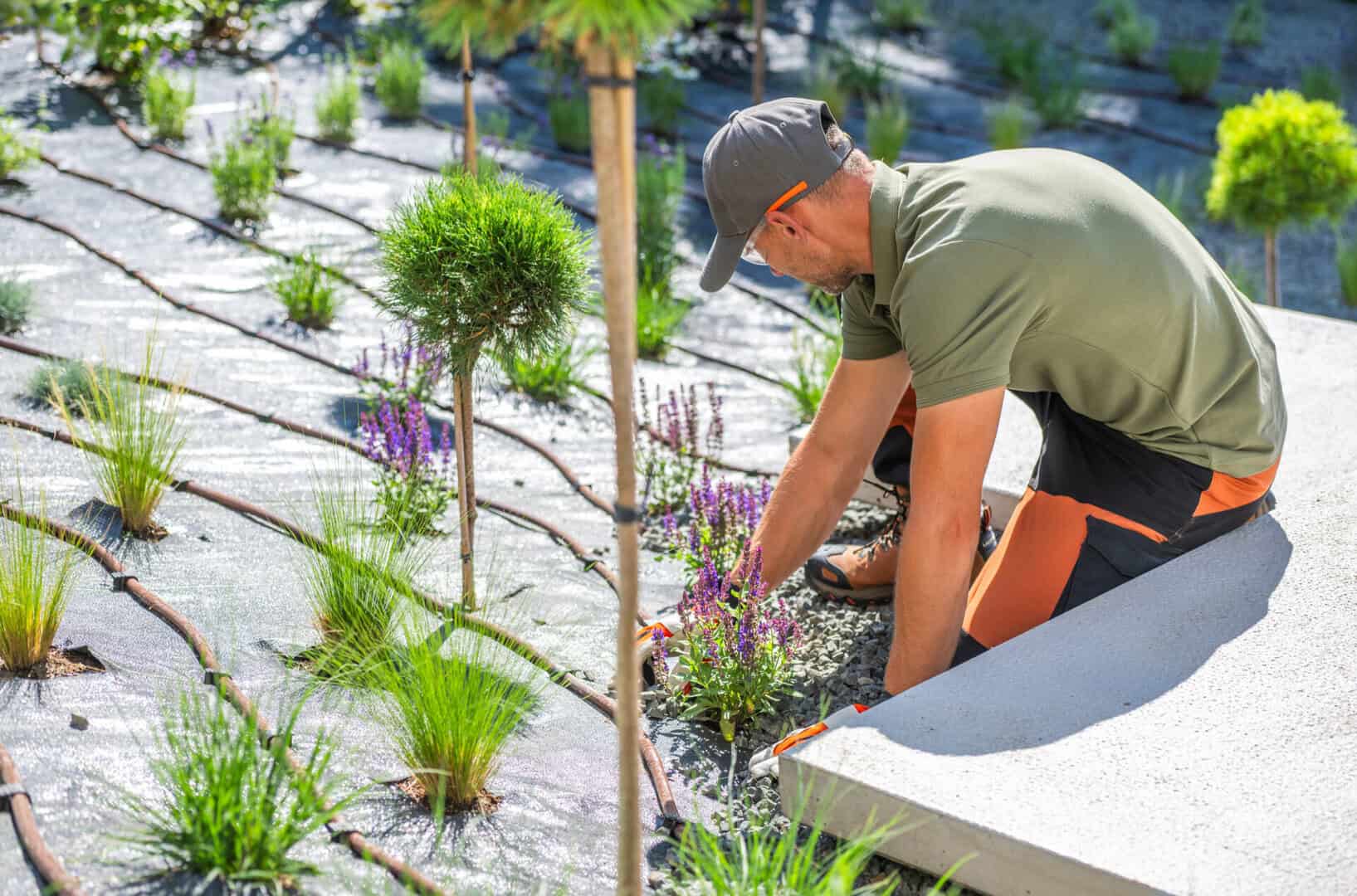Customizing your front yard can give it more vibrance and a much more peaceful appeal. That is why it is no wonder that many homes opt to plant trees to upgrade the looks of their homes. A well-planned tree selection and arrangement can offer privacy and shade, and even raise your property’s value.
However, selecting suitable trees for front yards isn’t that easy. One of the factors that need to consider is temperature if it is drought tolerant, or the degree of coldness during winter, which is why you need to know your hardiness zone.
Hardiness Zones
Created by the U.S. Department of Agriculture (USDA), Hardiness Zones refers to a map that divides the country into regions based on the average annual minimum winter temperature. This can help determine which plants can survive and flourish during the winters in your area. Understanding Hardiness Zone can help you choose the best trees for front yard landscaping.
Types of Front Yard Trees
One of the things to be considered in landscape design in selecting trees for the front yard is curb appeal. This refers to the general attractiveness of the house or property seen from a distance or from the sidewalk. The great choice for front yard trees depends on various factors such as the temperature of your area, leaf color preference, availability of space, and size of the trees.
- Trees for Small Spaces
If you have a tiny front yard, make sure to pick a small tree that can grab the attention but at the same time, won’t overpower your home or your landscape. There are many small varieties of trees for the front yard that will not grow taller than 25 feet but have eye-catching traits that can compensate for their lack of size, such as captivating leaf forms and distinctive branching patterns. Flowering dogwoods, Japanese maples, weeping cherry trees, and purple-leaf plum trees are some suitable choices for a small front yard.
- Flowering Trees
These types of trees for the front yard will brighten up your front yard with a pleasant splash of color. In addition to the beautiful foliage and shade that flowering trees offer, certain varieties will also produce fruits. Flowering trees also attract pollinators due to their color or fragrance. Some examples of this type are flowering cherry trees, crape myrtles, crabapple trees, and eastern redbuds.
- Shade Trees
Shade trees for the front yard will help in preventing the sun from glaring into your windows in the mornings and afternoons and help make your home cooler during summer. The evaporation of water from gardens and lawns will also be slowed down by their dense leaf canopies.
There are various shade trees that come in different sizes and shapes, but you will enjoy the benefits of fast-growing varieties sooner. This type includes red maples, pin oaks, poplars, paper birch, and American sycamores.
- Trees for Fall Foliage
There should be at least one tree in every front yard that produces magnificent fall color, with leaves that change into shades of yellow, orange, red, or purple. Sugar maple will change from yellow to orange to red while the black tupelo can exhibit leaves that are diverse shades of yellow, orange, vivid red, purple, and scarlet on the same branch.
- Evergreen Trees
Deciduous trees for the front yard will give you spring blooms and vibrant fall foliage however their beauty frequently disappears in the winter after the leaves have gone, leaving you with a bare front yard. On the other hand, Evergreen trees, both needle-bearing conifers and broadleaf evergreens, are a sight to see with their green leaves contrasting the color of winter.
Evergreen trees for front yard landscaping can provide privacy, serve as windbreaks, and winter homes for wildlife. Conifers include Polar Gold Arborvitae and Pinpoint Blue and Gold False Cypress, while Little Gem Southern Magnolia and American holly are examples of broadleaf evergreens.
Best Trees for Front Yard Landscaping
Here are some of the best trees for front yard landscaping that can make your property stand out:
- American Holly
This tree has numerous appealing characteristics. In addition to its glossy green leaves, it also produces beautiful berries. The overall appearance of this tree screams winter landscape.
| Hardiness Zone: 5-9 Plant Type: Broadleaf evergreen Bloom Time: Spring to early summer Flower Color: White flowers |
- Weeping Cherry
This ornamental tree has slender and flexible branches that sometimes touch the ground. The weeping cherry is visually appealing year-round, with its pastel bloom during spring, glossy green foliages in summer, fall colors in autumn, and leaves behind a bronze bark in winter
| Hardiness Zone: 5-8 Plant Type: Deciduous tree Bloom Time: Early spring Flower Color: White or pink flowers |
- Colorado Blue Spruce
Considered one of the most popular evergreen trees for front yard landscaping, Colorado Blue Spruce is a classic choice for a Christmas Tree due to its pyramid form, silvery blue leaves, and fragrant scent. This tree also acts as a windbreak and provides privacy.
| Hardiness Zone: 3-7 Plant Type: Coniferous evergreen Bloom Time: Non-flowering Color: Silvery blue-green foliages |
- Prairie Fire Crabapple
Especially popular for its stunning, dark pink to red blossoms, the Prairie Fire Crabapple is a sight to behold. However, this variety also provides year-round attractiveness with its changing leaf color. Another plus side is being disease-resistant and being able to adapt to various environmental conditions.
| Hardiness Zone: 4-8 Plant Type: Deciduous tree Bloom Time: Spring Flower Color: deep pink to dark red flowers |
- Crape Myrtle
Popularly known as the “lilac of the south”, Crape Myrtle produces a lot of flowers which makes it one of the best trees for the front yard. Crape Myrtle tends to have a peeling bark but you don’t need to worry since this is a normal process and means that the tree is reaching its maturity, revealing a stunning coloration in its bark.
| Hardiness Zone: 7-10 Plant Type: Deciduous tree Bloom Time: Spring to early summer Flower Color: Shades of pink, red, purple, and white |
- Bloodgood Japanese Maple
Given an Award of Garden Merit by the Royal Horticultural Society for its qualities, the Bloodgone Japanese Maple is one of the best purple-leaved Japanese Maple. It has five or seven-pointed, lobed, burgundy leaves in the spring that become vivid crimson in the fall before falling off, leaving a blacking red bark in their place.
| Hardiness Zone: 5-8 Plant Type: Deciduous tree Bloom Time: Spring Flower Color: Shades of dark red and purple |
- Southern Magnolia
With its huge, fragrant white flowers, the Southern Magnolia can certainly improve your front yard. The Southern Magnolia will definitely make your front yard look better with its enormous, fragrant white blossoms. Southern Magnolia is a well-liked ornamental and shade tree all around the world because of its relatively quick growth, lack of pests, and attractive evergreen foliage.
| Hardiness Zone: 6-10 Plant Type: Evergreen Bloom Time: Late spring to summer Flower Color: White |
Transform Your Front Yard by Choosing the Perfect Front Lawn Trees
Front lawn trees for the front yard add an enchanting touch to any home’s exterior. These majestic beauties not only enhance curb appeal but also provide shade, privacy, and a sense of tranquility. Whether you prefer the vibrant colors of flowering trees like dogwoods or the classic elegance of evergreens such as magnolias, there’s a front lawn tree to suit every taste and climate.
Consider factors like size, maintenance requirements, and seasonal changes when selecting the perfect tree for your front yard. With thoughtful planning, front lawn trees can elevate your outdoor space, creating a welcoming ambiance for visitors and passersby alike.
Elevate Your Yard with All County Landscape Hardscape
Revitalize your front yard with All County Landscape Hardscape! Our expert team can help you select and install the perfect front lawn trees to enhance your home’s beauty and value. Contact us today for a consultation and let’s make your front yard dreams a reality!




